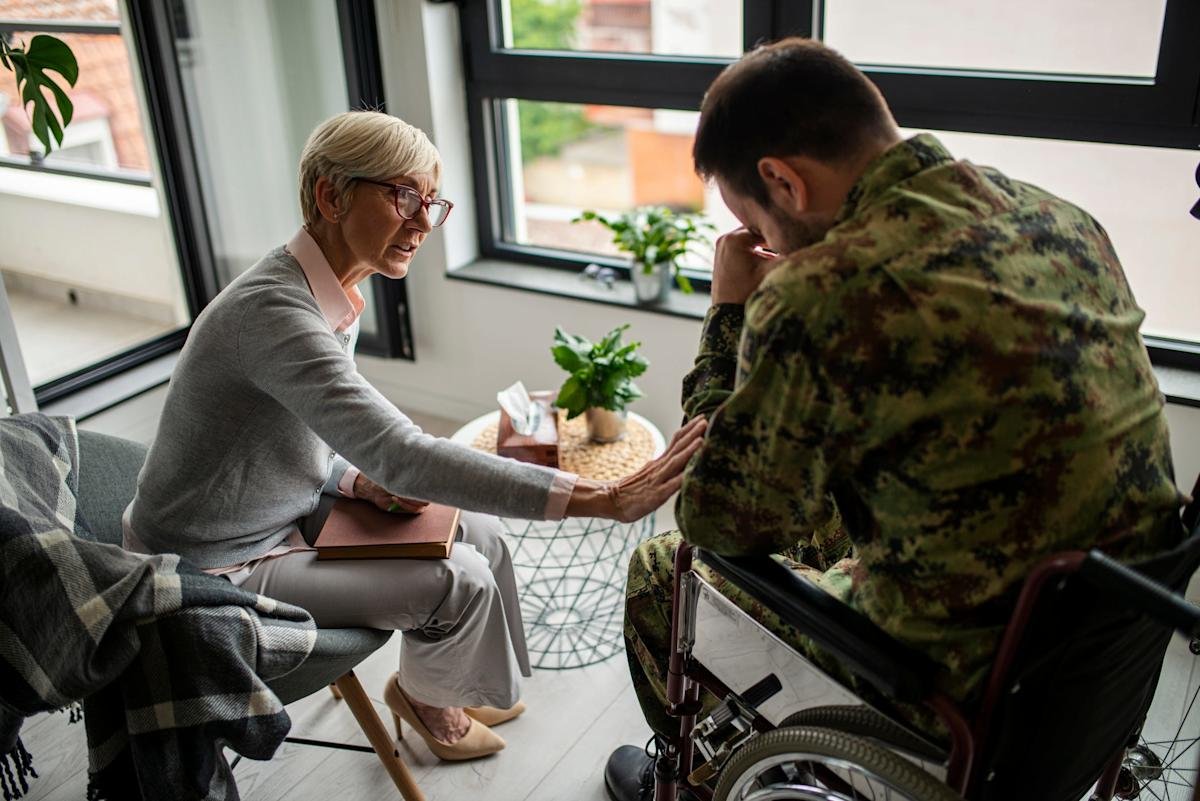Post-traumatic stress disorder (PTSD) affects approximately 7-8% of the U.S. population at some point in their lives, often resulting from traumatic events such as military combat, sexual assault, or natural disasters. Understanding how to identify and support individuals with PTSD is essential for effective treatment.
**Diagnosing PTSD**: The diagnosis of PTSD is conducted by mental health professionals using criteria established in the Diagnostic and Statistical Manual of Mental Disorders (DSM-5). Key symptoms include: 1. **Re-experiencing**: Individuals may have flashbacks, nightmares, or intrusive thoughts related to the traumatic event. 2. **Avoidance**: Many avoid reminders of the trauma, which may include people, places, or conversations that trigger memories. 3. **Negative changes in mood and cognition**: This includes feelings of hopelessness, emotional numbness, or difficulty in maintaining relationships. 4. **Arousal and reactivity**: Symptoms may include irritability, difficulty sleeping, and heightened startle responses.
For a formal diagnosis, these symptoms must persist for more than a month and cause significant distress or impairment in social, occupational, or other important areas of functioning.
**Supporting Someone with PTSD**: Providing support to an individual with PTSD involves understanding their experience and fostering a safe environment. Here are several practical steps: 1. **Listen without judgment**: Allow them to share their feelings and experiences at their own pace. Avoid interrupting or dismissing their emotions. 2. **Encourage professional help**: Suggesting therapy can be beneficial. Evidence shows that cognitive behavioral therapy (CBT) and eye movement desensitization and reprocessing (EMDR) are effective treatments for PTSD. 3. **Be patient**: Recovery from PTSD can take time. Understand that setbacks may occur and that healing is not linear. 4. **Educate yourself**: Learning about PTSD can help you understand what the individual is going through and how to provide appropriate support. 5. **Respect their boundaries**: Be mindful of their need for space and privacy. Everyone copes with trauma differently.
**Resources for Further Support**: Organizations like the National Center for PTSD and various local mental health agencies offer extensive resources. These include hotlines, therapy options, and support groups to aid those affected by PTSD.
Understanding and recognizing PTSD is crucial for effective intervention. By diagnosing the disorder accurately and offering empathetic support, friends and family can significantly contribute to the healing journey of individuals affected by trauma.



